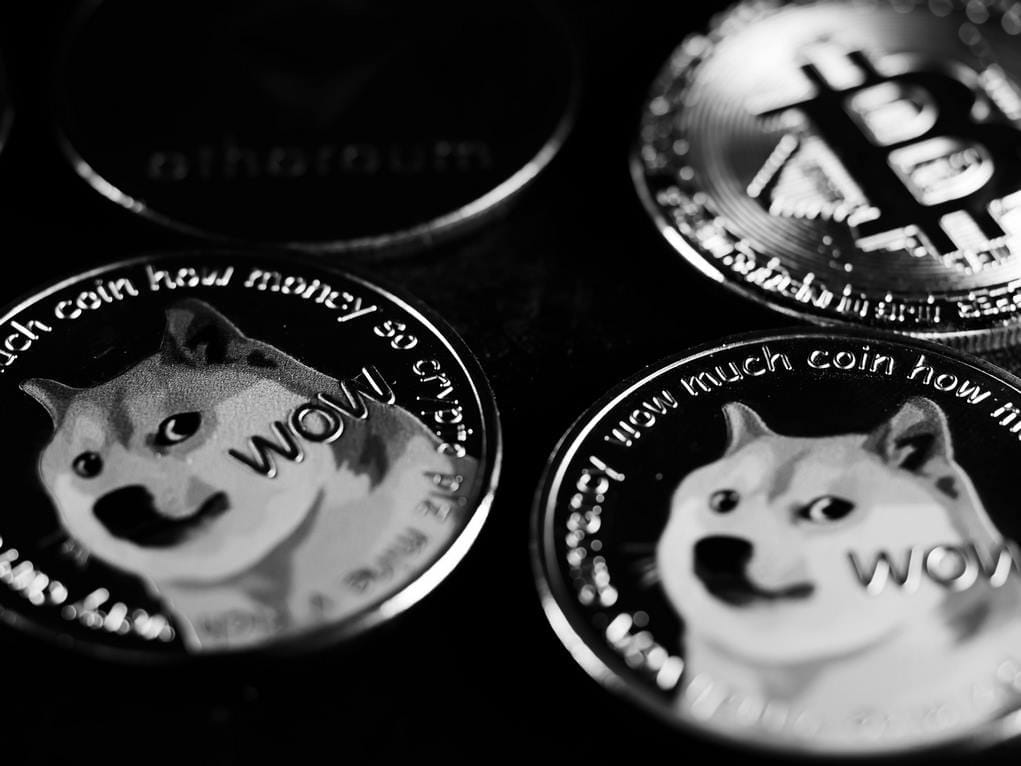Investing in dividends can be a strategic approach to building wealth over time. One critical decision investors face is whether to reinvest these dividends or take them as cash. This guide explores the benefits, considerations, and strategies involved in dividend reinvestment to help you navigate this financial decision effectively.
Understanding Dividends and Dividend Reinvestment
Dividends are distributions of a company’s profits to its shareholders, often paid regularly. Dividend reinvestment involves using these earnings to purchase additional shares of the same stock or fund, compounding your investment over time.

Benefits of Reinvesting Dividends
Compound Interest: Turbocharging Your Investments
Reinvesting dividends harnesses the power of compound interest. By reinvesting, you not only earn returns on your original investment but also on the reinvested dividends, accelerating your portfolio’s growth.
Dollar-Cost Averaging: Smoothing Out Market Volatility
Dividend reinvestment through dollar-cost averaging helps mitigate market fluctuations. It allows you to buy more shares when prices are low and fewer when prices are high, potentially reducing your average cost per share over time.
Tax Advantages: Maximizing Returns
Reinvested dividends may offer tax advantages, depending on your jurisdiction. They can be taxed at a lower rate than ordinary income, allowing you to keep more of your earnings working for you.
Considerations Before Reinvesting
Financial Goals: Aligning Investments with Objectives
Before reinvesting dividends, clarify your financial goals. Determine whether you’re seeking growth, income, or both, and how dividend reinvestment aligns with your overall investment strategy.
Risk Tolerance: Evaluating Your Comfort Level
Consider your risk tolerance when deciding whether to reinvest dividends. Reinvesting can increase exposure to market volatility, which may not be suitable for all investors.
Investment Horizon: Short-term vs. Long-term Strategies
Your investment horizon plays a crucial role in your dividend reinvestment strategy. Long-term investors can benefit significantly from compounding returns over time.
Methods of Reinvesting Dividends
Automatic Dividend Reinvestment Plans (DRIPs)
DRIPs allow for automatic reinvestment of dividends into additional shares of the same stock or fund without manual intervention, providing convenience and consistency.
Manual Reinvestment: Choosing Stocks or Funds
Alternatively, you can manually reinvest dividends by selecting specific stocks or funds that align with your investment goals and preferences.
Factors Influencing Reinvestment Decisions
Company Performance: Assessing Growth Potential
Evaluate the performance and growth prospects of companies or funds from which you receive dividends. Reinvest in those demonstrating strong fundamentals and growth potential.
Dividend Yield: Evaluating the Return on Investment
Consider the dividend yield—the ratio of annual dividends to the stock price—when deciding whether to reinvest. A higher yield may indicate greater potential returns.
Market Conditions: Timing Your Reinvestment
Monitor market conditions and economic factors influencing dividend stocks. Consider reinvesting during market downturns when prices may be lower.
Strategies for Maximizing Dividend Reinvestment
Reinvesting in High-Yield Dividend Stocks
Focus on high-yield dividend stocks or funds that offer attractive payout ratios relative to their share price, potentially enhancing income and portfolio growth.
Rebalancing Your Portfolio Regularly
Regularly review and rebalance your portfolio to maintain desired asset allocation and risk levels. Adjust your dividend reinvestment strategy as needed to align with changing financial goals.
Common Pitfalls to Avoid
Overlooking Fees and Costs
Be mindful of fees associated with dividend reinvestment plans or transactions, as they can impact overall returns if not carefully considered.
Ignoring Diversification
Diversify your dividend investments across various sectors or asset classes to spread risk and enhance long-term stability. Avoid overconcentration in any single investment.
Chasing High Dividend Yields Blindly
While high dividend yields can be attractive, they may indicate underlying risks or unsustainable payout ratios. Conduct thorough research before pursuing high yields.
Monitoring and Adjusting Your Strategy
Tracking Performance and Dividend Payments
Monitor the performance of your dividend investments and track dividend payments over time. Keep records to assess overall portfolio growth and income generation.
Making Informed Adjustments Over Time
Stay informed about market trends, economic conditions, and changes in personal financial goals. Adjust your dividend reinvestment strategy to optimize returns and meet long-term objectives.
Bottom Line
In conclusion, whether you should reinvest dividends depends on your financial goals, risk tolerance, and investment horizon. By understanding the benefits, considerations, and strategies outlined in this guide, you can make informed decisions to maximize the potential of your investments over time. Remember, dividend reinvestment can be a powerful tool for building wealth steadily and strategically.
Frequently Asked Questions (FAQs)
What are dividend reinvestment plans (DRIPs), and how do they work?
Dividend reinvestment plans (DRIPs) allow investors to automatically reinvest their dividends into additional shares of the same stock or fund.
How does compound interest benefit dividend reinvestment?
Compound interest in dividend reinvestment means earning returns not only on your original investment but also on the reinvested dividends, accelerating growth.
What factors should I consider before deciding to reinvest dividends?
Before reinvesting dividends, consider your financial goals, risk tolerance, and investment time horizon to align with your overall strategy.
How can I avoid common pitfalls when reinvesting dividends?
To avoid pitfalls, watch out for fees, maintain diversification, and conduct thorough research before chasing high dividend yields.
How often should I monitor and adjust my dividend reinvestment strategy?
Regularly monitor performance, track dividend payments, and adjust your strategy as needed based on market conditions and personal financial goals.









